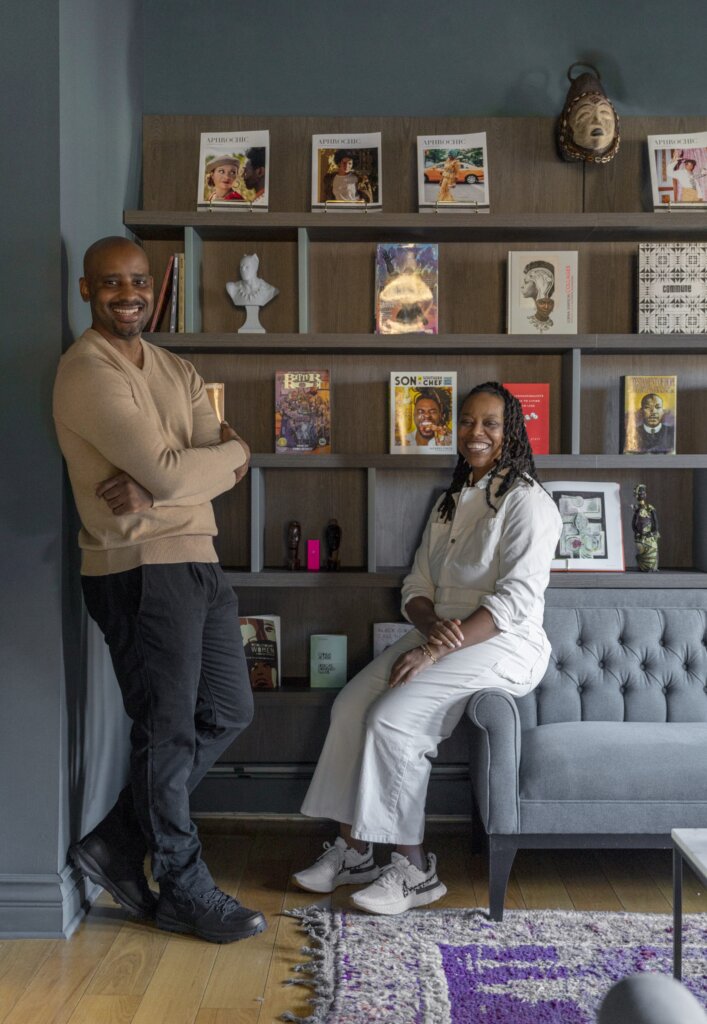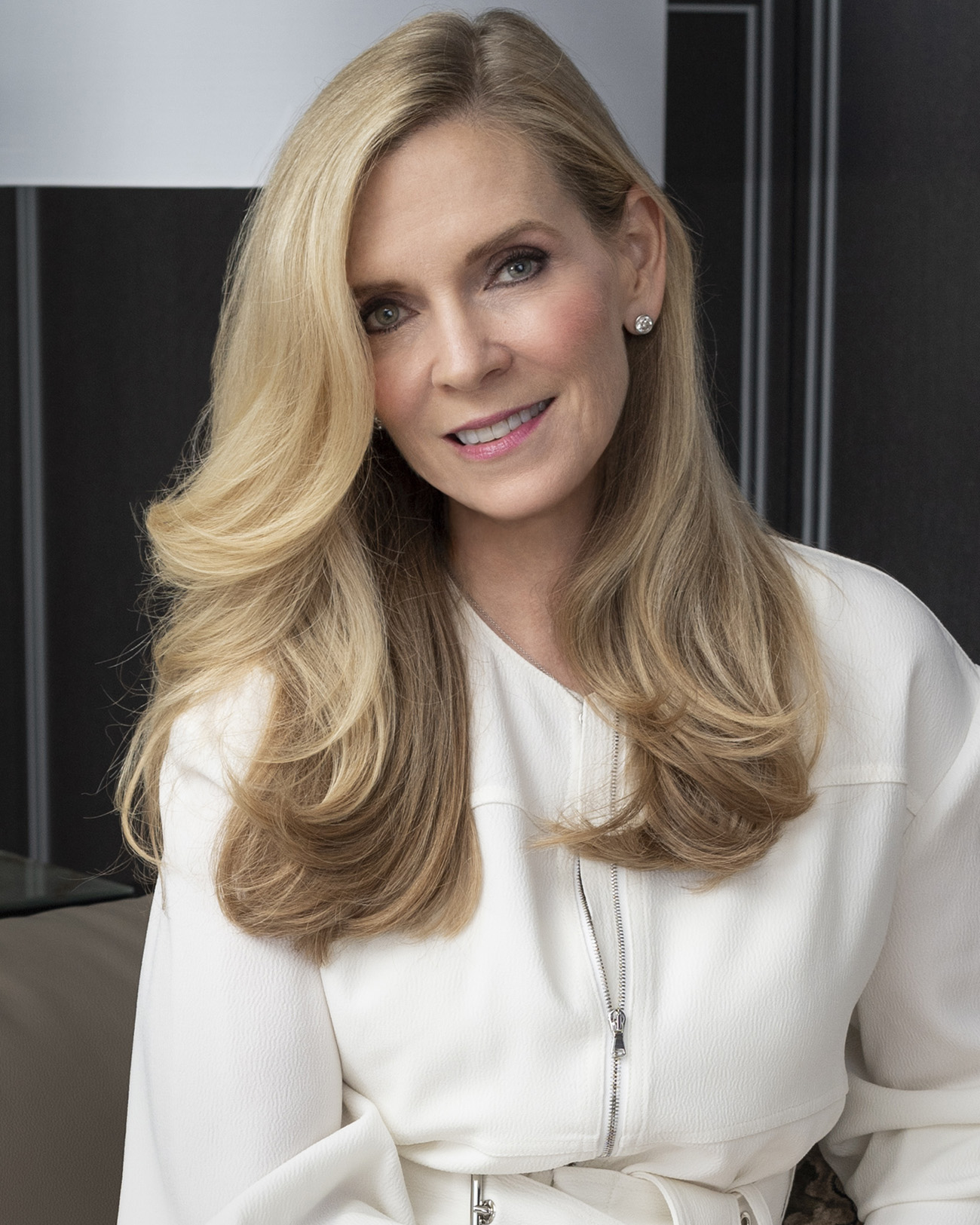
Elizabeth Lowrey, Principal at Elkus Manfredi Architects, has been responsible for the firm’s interior architecture studio since its founding. The Boston Real Estate Times included Elizabeth on its 2021 list of 10 Outstanding Women in Commercial Real Estate and for the past three years Boston Magazine has named her among the 100 Most Influential Bostonians. Her projects range from corporate, hospitality, residential, retail/entertainment, to higher education environments.
"I chose the topic of books because they are fuel for my curiosity. The books I selected all spin around my desire to understand context, human motivation and aspiration, and the magic around people who do extraordinary things."
Elizabeth Lowrey
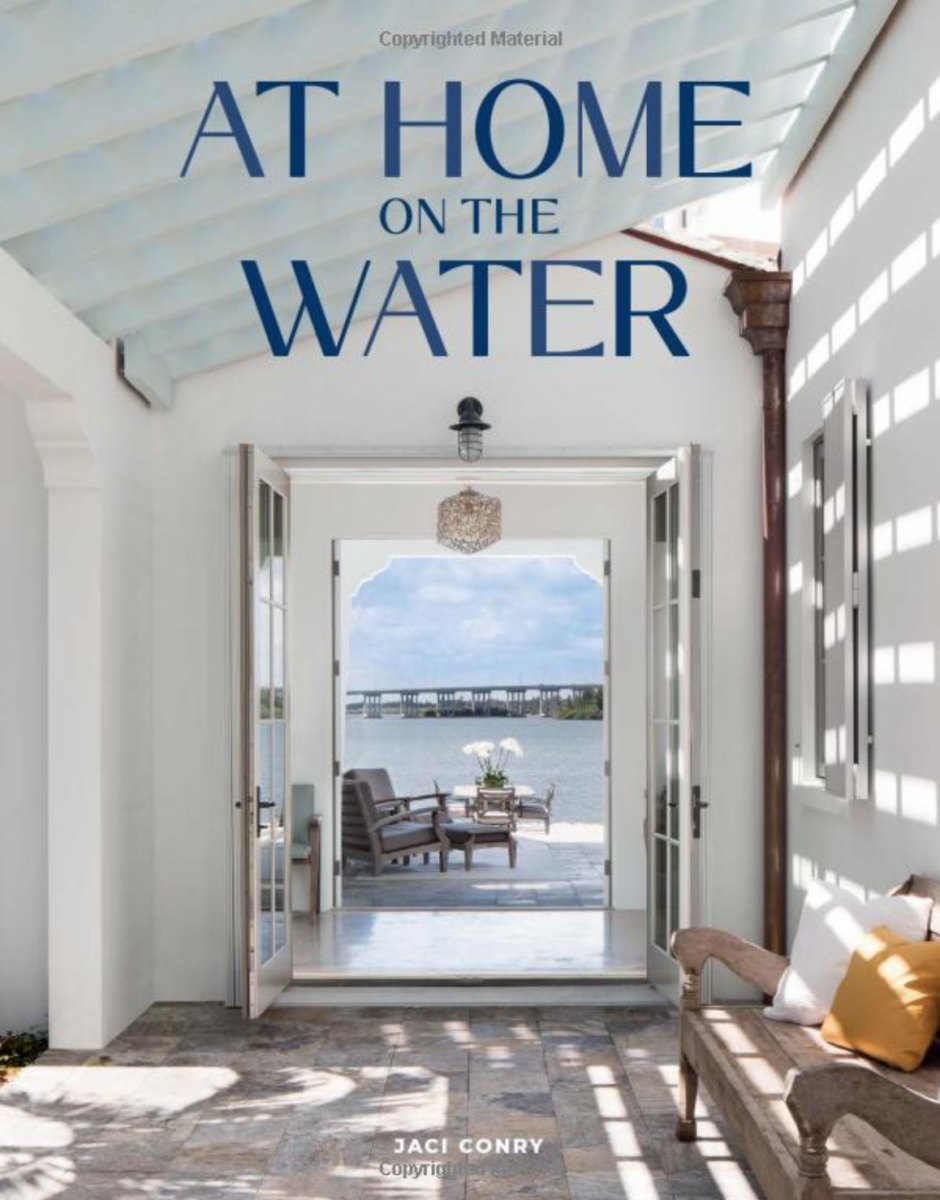
At Home on the Water by Jaci Conry
I’m very excited about the April publication of Jaci Conry’s new book “At Home on the Water.” I always enjoy reading the articles Jaci has written for numerous design publications, so an entire book from her is high on my list. This time Jaci writes about 12 residences across the country that are located on water, considering their architecture, interiors, art, and furnishings. She has such a great design eye and thoughtful point of view, and a wonderful voice when she shares her ideas in writing. I’m sure her new book will be fascinating, filled with provocative insights on coastal design.
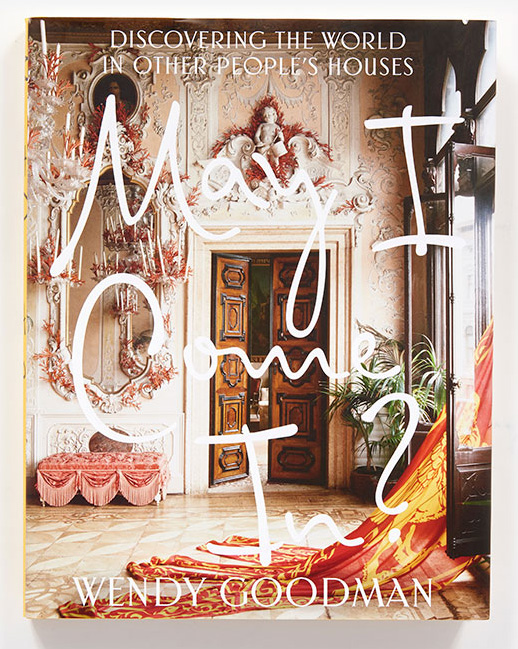
May I Come In? Discovering the World in Other People’s Houses by Wendy Goodman
This book’s provocative title says it all: we are all voyeurs now. Wendy Goodman inspects an astonishing array of 70 residences that range from the apartments of the beau monde in New York and Paris to artist’s lofts and seaside houses. Goodman’s 30-year career as a design writer and editor has given her a keen eye for the grand, the unique, and the eccentric. Fashion doyenne Diana Vreeland’s quote in the book speaks volumes: “Few things are more fascinating than the opportunity to see how other people live in their private hours.” The book is illustrated not just with the images of top architectural and interiors photographers, but by Goodman’s own snapshots of places she has visited and written about. Curl up and see the world through other people’s eyes.

Making Work Human: How Human-centered Companies Are Changing the Future and Work and the World by Eric Mosley and Derek Irvine
We design work spaces that support extreme innovation. That is the essence of corporate interiors work now, so far from yesterday’s open fields of workstations and fancy corner offices. It doesn’t matter if it’s the latest hip start-up or an established insurance company—we focus on our clients’ ethos and constantly look for ways to make their workplaces more human. This book provides the intellectual underpinnings of this endeavor—how artificial intelligence, equity, inclusion, and social connection all have a part to play in the workplace of 2022. Among the memorable quotes: “The qualities that make us more human—connection, community, positivity, belonging, and a sense of meaning—have become the corporate fuel for success.”
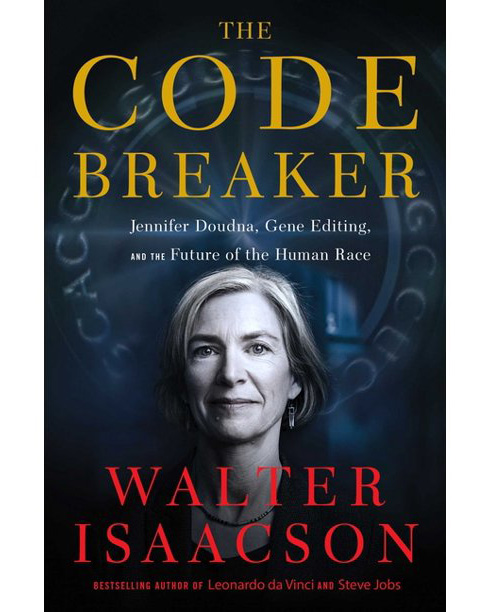
The Code Breaker: Jennifer Doudna, Gene Editing, and the Future of the Human Race by Walter Isaacson
As we strive to design workspaces that support innovation, we stand on the shoulders of people like Jennifer Doudna, a Nobel Prize-winning scientist who is the hero of this excellent book. She was instrumental in the development of CRISPR, a family of DNA sequences that opened a brave new world of medical miracles and moral questions. What could be more timely? Just as Doudna broke the code of DNA, as designers we try to “break the code” of what makes workplaces more efficient, rewarding, diverse, and fun. We focus on humanity, seeing how people live and work, and understanding what sparks their creativity. Walter Issacson, author of the best-selling Steve Jobs, is just the person to tackle this subject and make it meaningful to designers and space users alike.
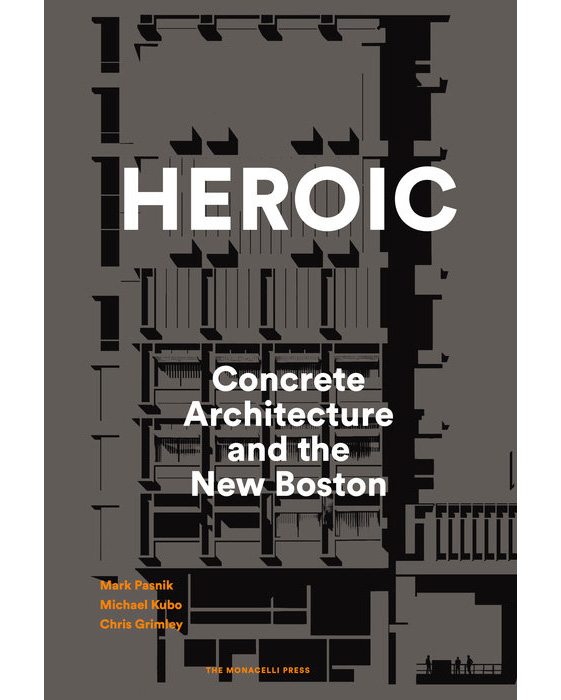
Heroic: Concrete Architecture and the New Boston by Mark Pasnik, Chris Grimley and Michael Kubo
The raw beauty of brutalist architecture is seldom celebrated these days, in Boston or elsewhere. And yet in the 1950s and ‘60s, Boston developed a unique affinity for the style, thanks to the immigration to the city of several giants of European modernism—Walter Gropius, Josep Lluis Sert, and Marcel Breuer among them, all teaching at the architecture schools of Harvard and MIT and for whom concrete was the preferred building material. This book is a comprehensive look at the most important examples of brutalism in greater Boston, and ends with a plea for the preservation of these buildings—an act that would truly be heroic.
